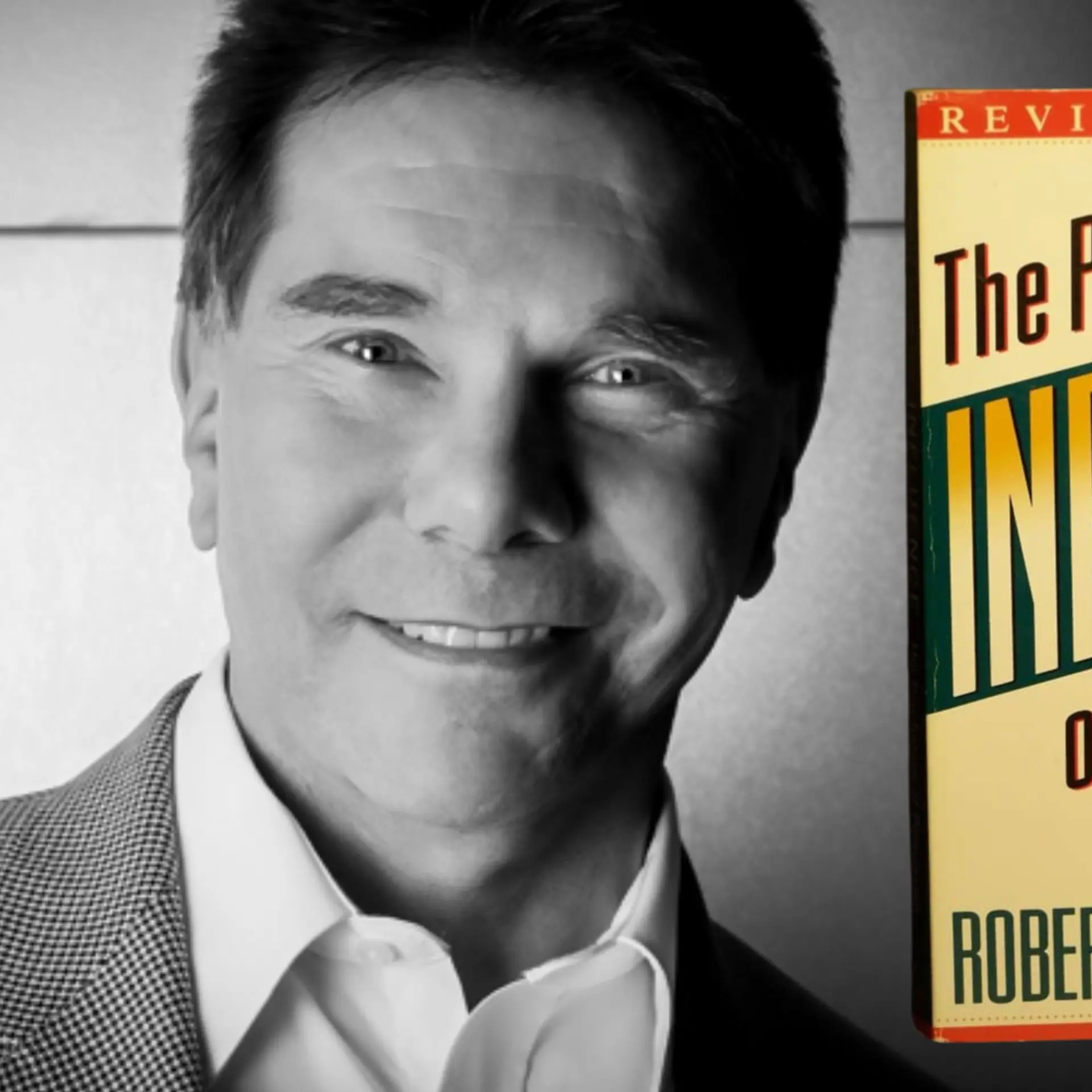How and why people buy online – the science behind the commerce
While a few brands are making it big on online platforms, we don’t get to hear others following suit. Interestingly, there is a science behind it.
There are many misconceptions and myths about why people buy from brands online and why firms want to sell online. While a few brands are making it big on online platforms, we don’t get to hear others following suit. Interestingly, there is a science behind it.
At Bangalore Business Literature Festival, Prof Seema Gupta discussed her new book How People Buy Online – The Psychology Behind Consumer Behavior on a panel with Alap Ghosh, MD Jellyfish India. While Seema provided the science behind online shopping behaviour, Alap shared practical advice regarding its application.
We don’t buy for rational reasons alone
The human brain has three layers – the reptilian brain followed by the limbic brain, and finally the neocortex. As a result, our brain has a distinct way of processing information which we need to consider before arriving at a sales strategy.
When faced with any stimulus, it’s the reptilian brain that first kicks in with the fight or flight mode. So, the first step of any brand attempting to woo a customer is to convince the reptilian brain that we are a safe and correct choice.
It’s only after the go-ahead of the reptilian brain that that limbic section gets to weigh in on the decision, which is finally followed by the neocortex. In other words, most decision-making does not follow a rational process.
In addition to messaging, this has a huge impact on design and presentation. The role of packaging, advertising layouts, UI design, or any other area where non-verbal cues can influence the decision-maker becomes very important.

Key takeout: Review the brand’s communication to ensure both rational (functional) and emotional benefits are covered. Softer aspects are elements like trust, credibility security etc that are communicated via design cues that need to be consciously included.
Application case: For a new brand of food being sold on a crowded online platform, the founders will need to focus on attractive packaging as an integral part of their branding strategy along with distinctive product offerings.
A niche brand that stood out with bold packaging and brand story amongst a large number of generic, low-branded offerings is Achariayappa. The brand’s name is intriguing and reassures about the quality of their products.
Not just about discounts
Traditionally, we have believed that people shop at brick and mortar stores for the overall experience. This includes the store ambience, staff interaction, brand offering, and other aspects that make up the sensorial experience of walking into a mall or high street store.
Online shopping is seen to be a mostly rational decision where we are driven by huge selection, convenience and better pricing. But in reality, people buy for a lot more reasons, including category discovery, no sales pressure, discreet shipping, social shopping, and even emotional shopping. And brands that just focus on price and availability may not grow consistently online or build a loyal customer base – if they don’t learn to layer with emotional aspects
This clearly explains why during the lockdown, several FMCG brands migrated to online platforms but did not achieve their (sometimes unrealistic) goals. That is because a large number of affordable products with acceptable quality are available online. This includes the ever-present house brands that carry the clout of the trusted platform endorsement.
So, meeting hygiene factors like basic product deliverables, price and convenience alone may not encourage a consumer to try a new offering or remain with an online player in the long run.

Key takeout: Brands planning to grow via digital platforms need to remember that the drivers’ choice for discovery is different from those of purchase.
Application case: For a new apparel brand, getting onto Amazon or Myntra will not automatically lead to sales. The consumer has multiple choices – and just discounts or home delivery will not lead to a lasting sale. The brand will need to invest in building a brand image, showcasing its range and give the consumer a reason to choose them over generic / house brands.
Recently, an apparel startup started its business by launching products on online platforms. A quick review indicated their offering was generic and slightly more expensive than the house brand. So, consumers did not see any reason to choose them over other options.
The brand went back to the drawing board and played with fabric and fits to deliver a differentiated product pegged at a 10 percent premium to house brands. The re-launched sales numbers are significantly higher.
Influencer endorsement does not guarantee growth
Today, a lot of brands are hiring celebrities for micro influencing and to grow overnight.
In reality, the impact of celebrity endorsement is determined by the pull of the celebrity (number of real and committed followers), brand fit between the celebrity, and product being plugged and relevance of the celebrity to the target audience.
So, for startups who are considering hiring a celebrity, the results are not always positive. Celebs come at a price and we need to ensure they are the right fit before investing, otherwise, there will be a limited return on investment.
Key takeout: Prior to going in for celebrity endorsement, understand what value the celebrity will bring to the brand (awareness vs trial vs loyalty) and check for brand fitment. Once both are in sync, evaluate return on investment pragmatically.
Application case: For a health and fitness brand or electronics startup, choosing an influencer is all about the brand fit. A model or actor can have a huge impact on awareness but trial/sale will happen only if the celebrity realistically fits with the brand and their endorsement adds something of value to the brand’s image.
Boat Electronics has been consistently using celebrities who bring freshness and a youthful attitude to their brand campaigns. Their choice of celebrities is great as they fit into the brand’s value proposition and work with their target audience. And instead of hiring a superstar to represent them, by using younger celebrities, the brand has kept the endorsement credible.
Edited by Kanishk Singh
(Disclaimer: The views and opinions expressed in this article are those of the author and do not necessarily reflect the views of YourStory.)








